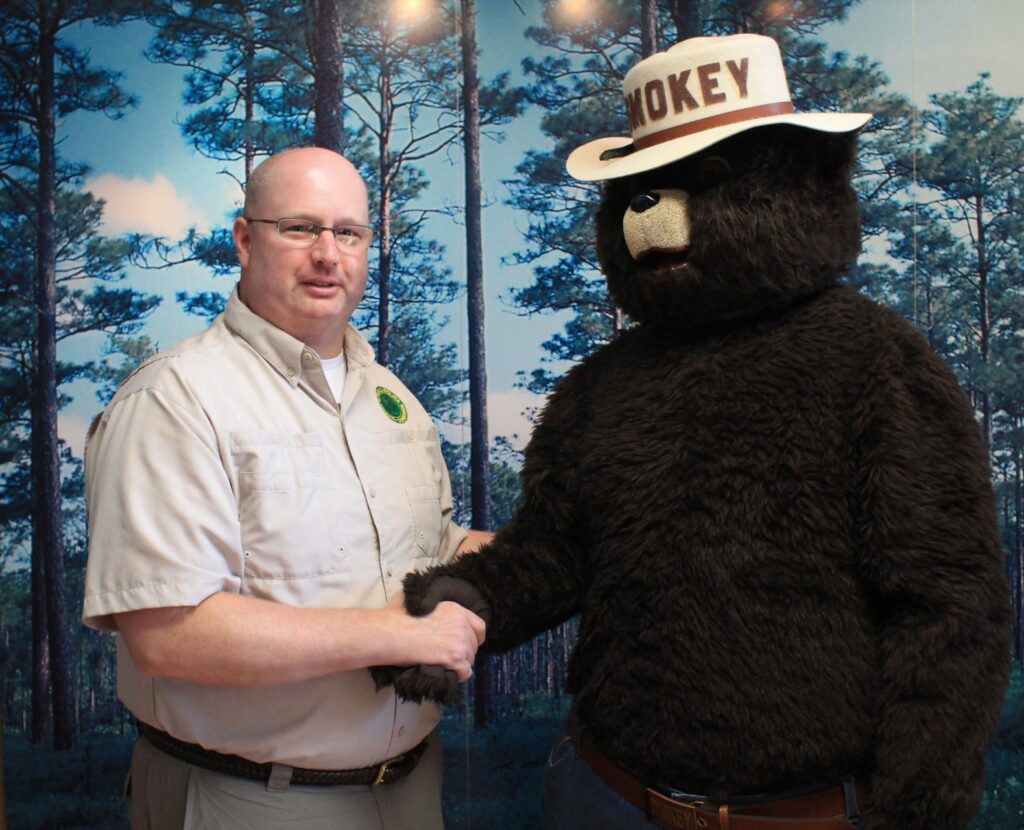Updates & Blog
Meet Scott Phillips, South Carolina State Forester
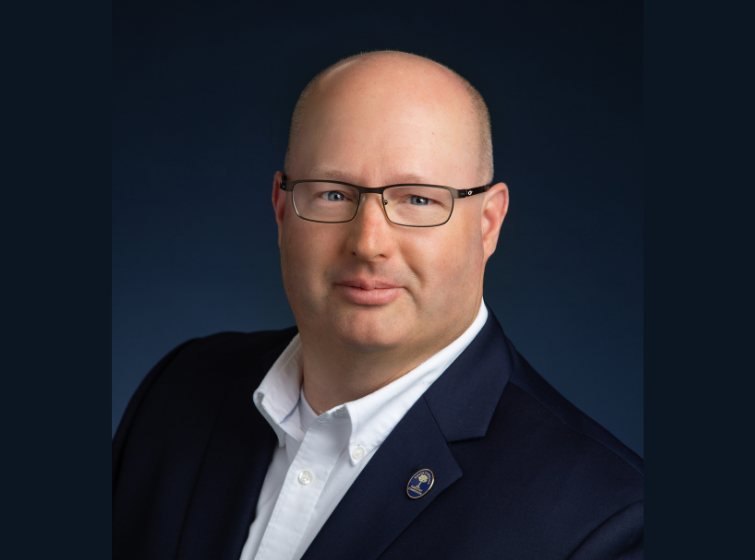
Scott Phillips is South Carolina’s State Forester and the agency head for the South Carolina Forestry Commission.
He received a B.S. of Forest Resources from the University of Georgia where he dual majored in Forestry and Wildlife Management and a Master of Forest Resources from Clemson University, where he specialized in Forest Business. Scott started with the agency in 1999, serving in multiple positions of increasing responsibility until his selection as State Forester in 2018.
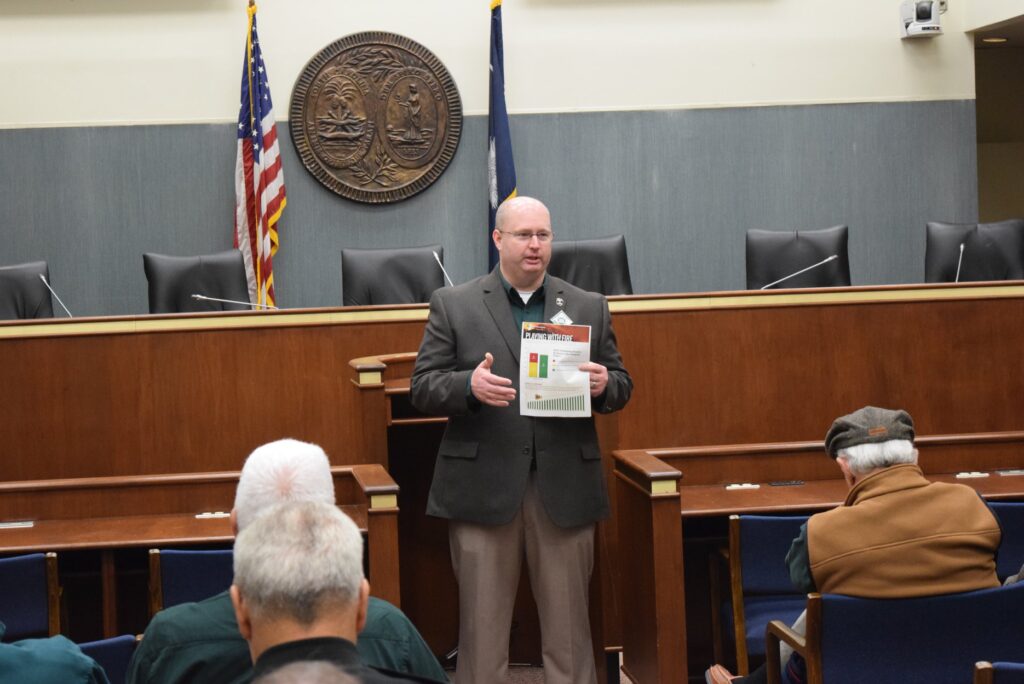
Scott is an actively engaged leader in regional and national forestry organizations. He currently serves as the Vice President of the National Association of State Foresters and is slated to take the helm as NASF president in September 2023. He served as the chair of the Southern Group of State Foresters in 2019-2020. Not only is he a member of NASF’s Forest Resource Management Committee, but he also serves as the NASF liaison to the National Wild Turkey Federation. In 2019 he served as chair of the American Tree Farm System’s Independent Standards Review Panel, and he currently serves as vice-chair of the Sustainable Forestry Initiative’s External Review Panel.
What is the mission of the South Carolina Forestry Commission?
“To protect, promote and enhance South Carolina’s forests for the benefit of all.”
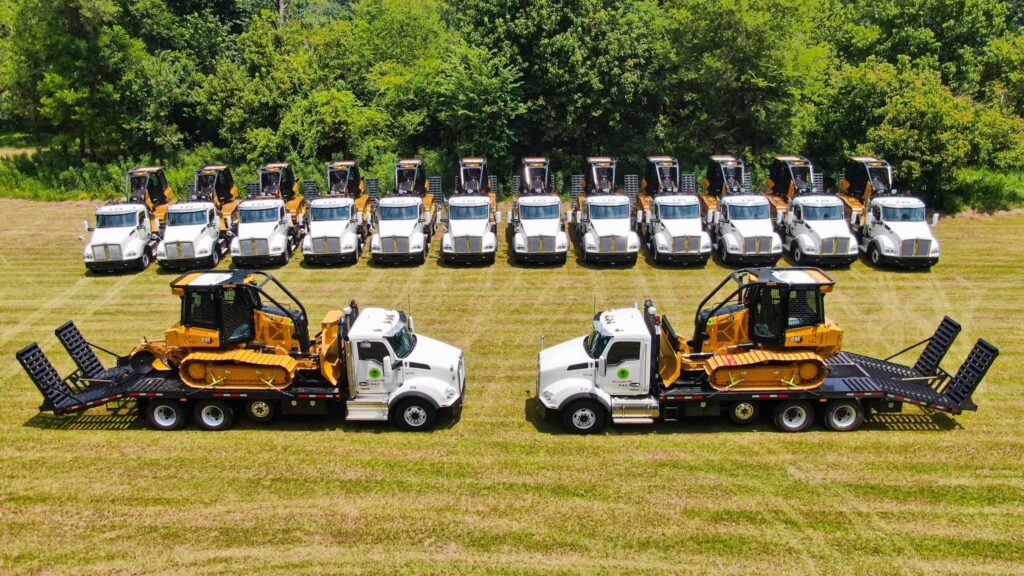
Why did you become a forester?
“I have always loved the outdoors. Growing up on a farm instilled in me the desire to work with land and to leave things better than I found them. I looked at numerous career paths before a friend introduced me to forestry.
When I learned of the opportunities to work with forests and wildlife, I knew this was the path for me and I never looked back. I wish more people knew about the fantastic career opportunities available in forestry and natural resources. We need more people entering this career field.”
In your opinion, what is the biggest issue impacting forest landowners in your state and across the southern region?
“Access to strong markets for forest products is the number one issue for forest landowners. In South Carolina, 87% of the forestland in our state is privately owned. These landowners need access to markets which helps them implement practices to maintain or improve the health of their forests while also creating revenue that helps them offset the costs of owning the property. No markets, no money, no management! This is true across the South as most of the forests in our region are privately held. So, market-based solutions are the key to sustaining southern forests.”
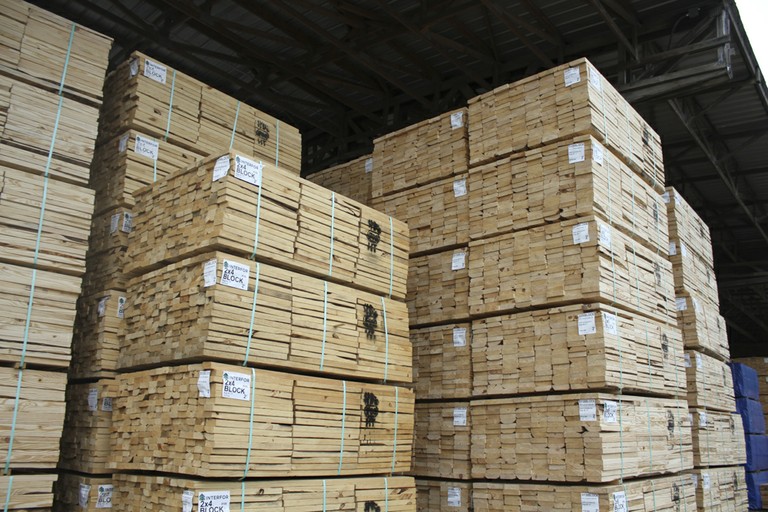
What is your favorite thing about the forests in your state?
“The productive capacity and diversity of our forests. South Carolina is blessed with a very conducive environment to grow trees which makes our timberlands some of the most productive in the world, and with forests stretching from the Smoky Mountains to the Atlantic Ocean we also have very diverse forests. Most people think that pines dominate the forests of South Carolina, but in reality, more than half of our forestland acres are hardwood forest types. From the hardwood coves in the mountains, to maritime forests along our beautiful beaches, to red river bottoms, black water swamps, and a variety of pine forests, we have a lot of biological diversity to explore.”
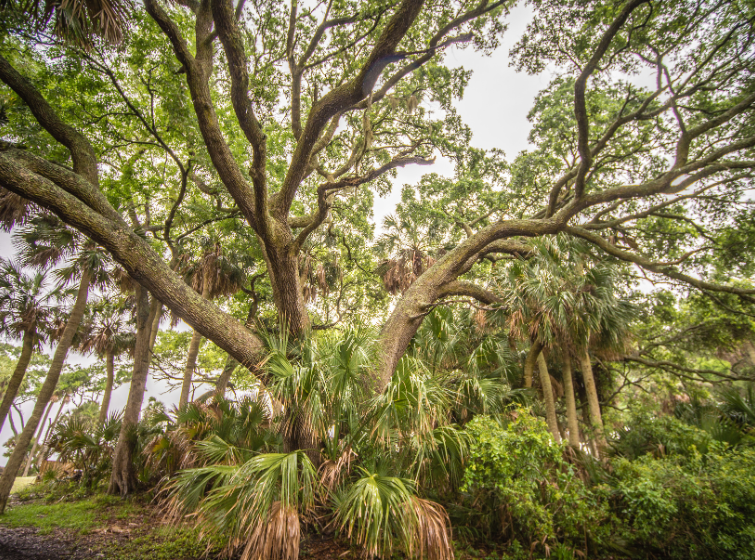
How is forestry important to the economy of your state?
“Forestry is big business in South Carolina and extremely important to the economy of my state. South Carolina’s forests provide sustainable raw materials that are a pillar of our state’s economy, supporting more than 100,000 high-paying jobs and an industry with an annual economic impact of more than $23 billion. Currently, forestry is among the leading manufacturing industries in our state. When looking at the direct impacts of these industries, forestry ranks: #1 in employment, #2 in labor income and #3 in direct output. Forestry jobs produce more than $5.5 billion in labor income for South Carolinians, and wages paid in the forestry sector are more than 10% higher than the average job in our state.”
What is your favorite thing to do while in the forest?
“I enjoy any time I can spend outdoors, but hunting is my absolute favorite thing to do in the woods, especially hunting for wild turkeys. Implementing forestry and habitat management practices is a close second.”
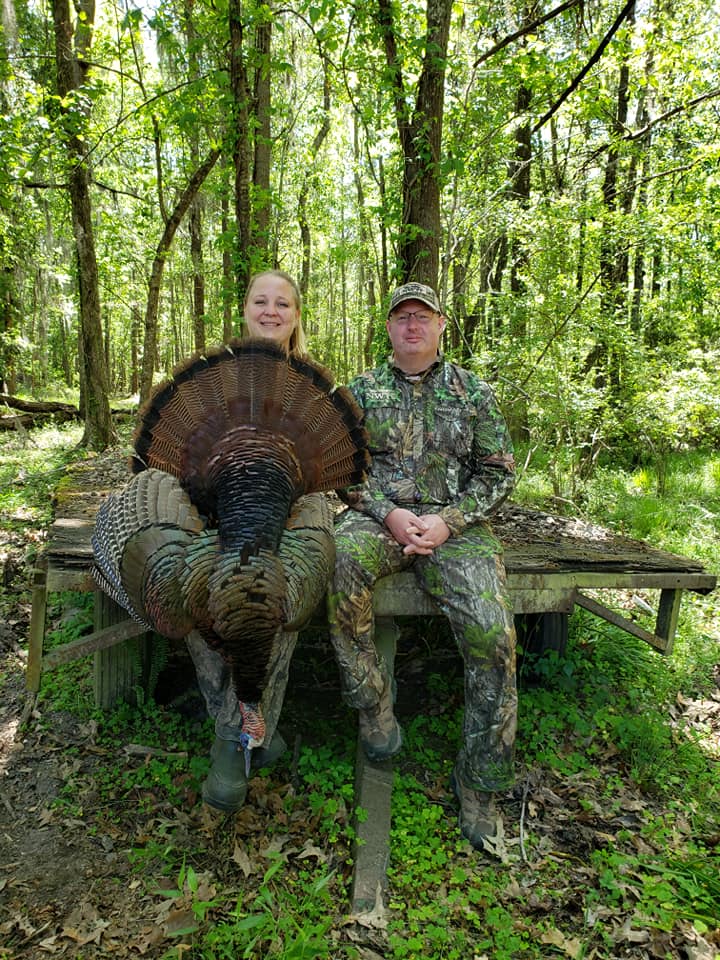
What are the top five goals for your agency over the next 5-10 years?
“Shortly after being selected as State Forester, I established the following five priorities for my tenure. These priorities are still relevant and provide a framework for our short and long-term goals.
- Provide for the safety of employees and the public: As an emergency response agency, safety is always our number one priority. Every day we strive to ensure that all our operations are done in a safe and effective manner, whether emergency response or routine tasks. Our goal is to continually improve our culture of safety.
- Provide the highest level of service to South Carolina’s forestry community: At its core, the Forestry Commission is a service organization. To be successful, we must provide outstanding service to all parts of the forestry supply chain and the citizens of South Carolina. We are always striving to improve our service to the community.
- Make the Forestry Commission a more desirable place to work: Service starts with our employees. To ensure the forestry community receives the highest level of service, we must attract and retain high-quality employees. The Forestry Commission is focused on increasing the engagement of our workforce. We are constantly working to create more competitive compensation packages and career paths, while also improving our training and recognition programs to make the commission a more desirable workplace.
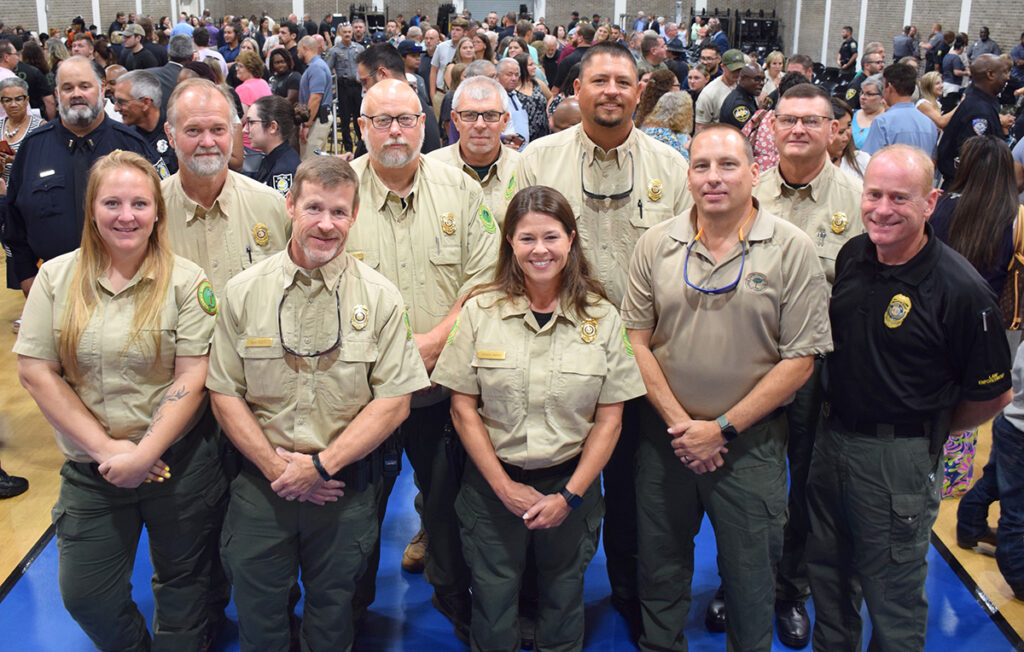
- Maintain a forestry-friendly environment in South Carolina: I’m blessed to work in a state where our citizens and regulations are friendly to the forest industry and culture. Our goal is to maintain this social license to manage our forests so they can continue to provide the social, environmental and economic benefits our citizens demand. To do this, we monitor and engage in legislative and regulatory processes so that forest product markets can be retained and expanded. Strong markets are the key to conserving our forests.
- Strengthen communications: A core function of the commission is to promote the advantages of forestry and the benefits of forest management. We have done a great job in recent years promoting the economic benefits of forestry and establishing the forestry sector as a pillar of South Carolinas economy. Continuing this conversation is important as we work to maintain a forestry-friendly business environment. Our future goal is to broaden the focus of our communications and strengthen our messaging about the environmental and social benefits of working forests.”
Why are the adoption of forestry BMPs important to your state?
“Forests provide clean drinking water. Sixty percent of South Carolina’s surface drinking water comes from forests, where the trees and forest soils have intercepted, filtered and stored that water before it makes it to a faucet. The implementation of Best Management Practices for forestry ensures that water quality is protected during forestry operations so that our citizens can continue to have access to clean water.”
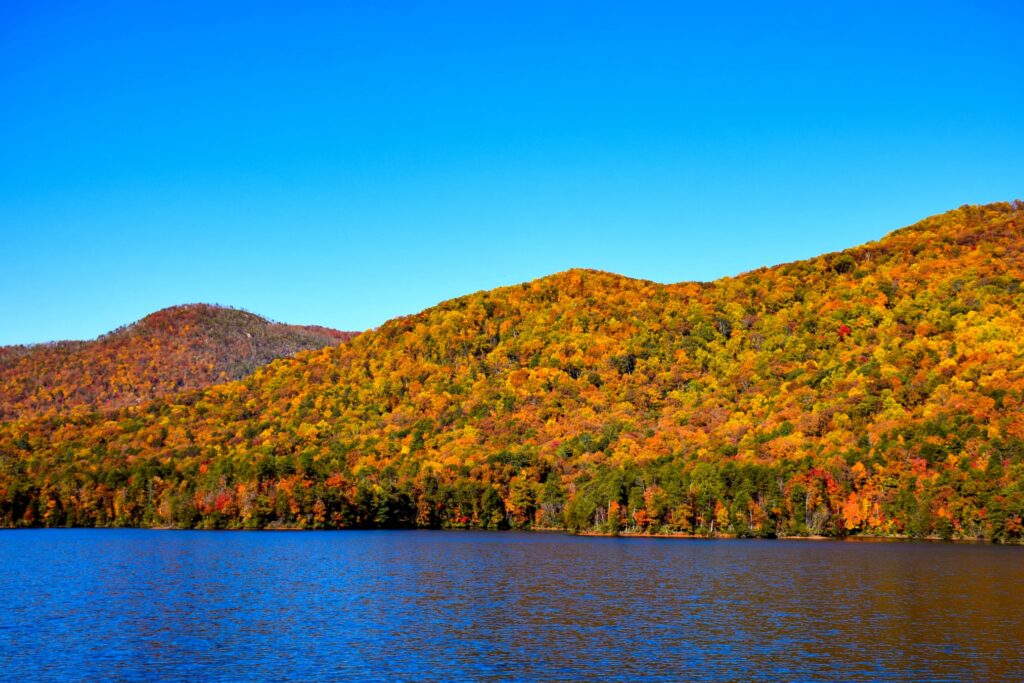
How is your agency working with communities and municipalities to encourage forestland retention?
“In South Carolina, we have a strong Urban and Community Forestry Program, with a staff of four dedicated Urban Foresters, that works directly with communities to retain or grow canopy cover. Their work focuses on several key areas: plans, staffing, ordinances and tree advisory boards. The first step is to make contact with the community, determine who is in charge and what data or plans the community has. If a community doesn’t have tree canopy or inventory data, we encourage them to participate in our technical assistance program. Through our technical assistance, we help the community establish a baseline for tree canopy percentage and then work together to set a canopy goal for the community.
When it comes to staffing, our urban program strives to meet the communities where they are. If a community has staff with tree care responsibilities, we work to educate their staff on best practices, make them aware of training opportunities and encourage them to become certified arborists or TRAQ-certified. If a community does not have dedicated tree care staff, we encourage the hiring of staff to work with the community’s trees and provide technical assistance to fill that gap while at the same time encouraging the community to engage in organizations like Trees SC, where they can strengthen their network and access more training and other resources.
We encourage communities to have ordinances, because the development process can be very risky for tree survival, even in cases where trees are identified for protection. We work with communities on policies and practices that can protect trees before, during and after development. There are many ways that trees can be damaged when protection measures are lacking. Even if a community has a strong ordinance that requires leaving large specimen trees in place, heavy equipment can damage or kill them during, or shortly after, construction. We have example ordinances on our webpage that can help cities and counties consider what to put in their ordinances.
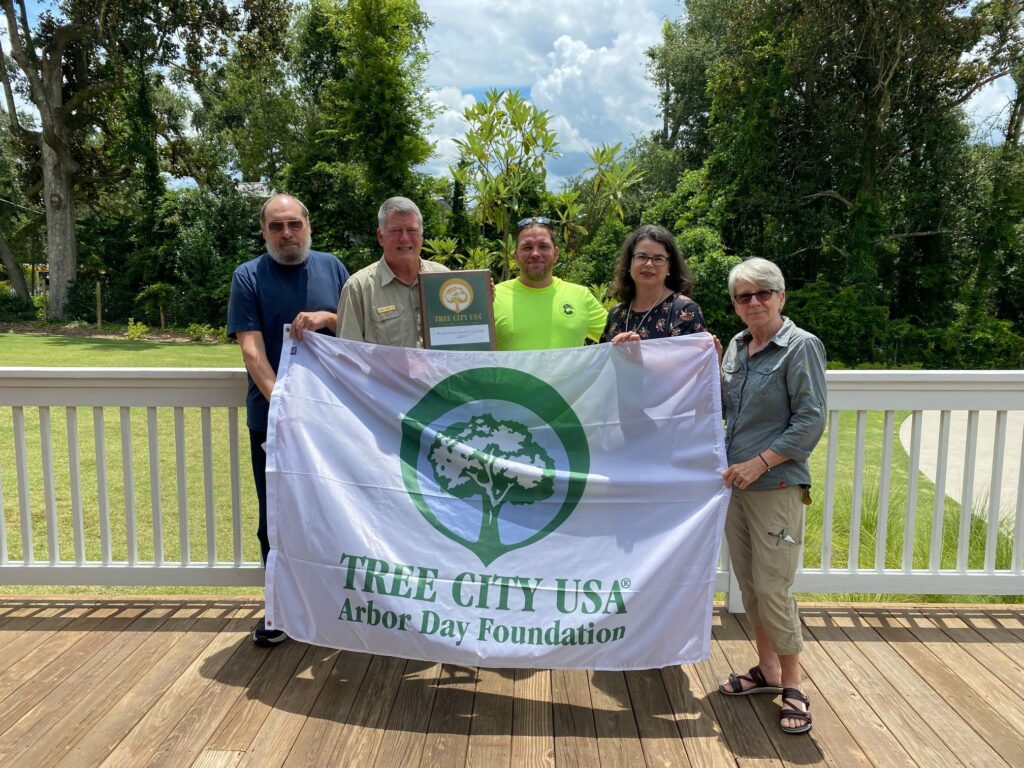
We encourage communities to have tree advisory boards. Most cities and towns that have a tree ordinance also have a tree board, and a tree board is also required as part of the Tree City USA program. However, some of these boards meet infrequently, while others meet often and conduct community outreach for city tree programs and plantings. Tree boards can be a tremendous asset, regardless of the size of a town. For instance, active tree boards can support planting projects and help with raising funds. If the board has knowledgeable experts, such as arborists or foresters, they can be consulted to review larger development projects. It can also host community events, such as prepping for plantings, running tree giveaways and broadening participation in town initiatives.
We also encourage communities to become a Tree City USA. Tree City USA helps communities grow their capacity for their urban forestry programs through compliance with four core standards, and is a great way to communicate the basics of a functional Urban and Community Forestry program.”
How is prescribed fire important to the landscape of your state?
“Prescribed fire is a critically important tool for many reasons. First, many of the landscapes in South Carolina are fire-adapted, meaning they evolved with frequent occurrence of fire. As such, the controlled application of fire is beneficial to these landscapes, promotes biodiversity and benefits the overall fitness of plants and animals in these systems. It is also an extremely important tool that we use to mitigate the risks of wildfires. By applying prescribed fire to the landscape, we can decrease the intensity and severity of future wildfires in the same area, thereby reducing the risks to our citizens and their homes.”
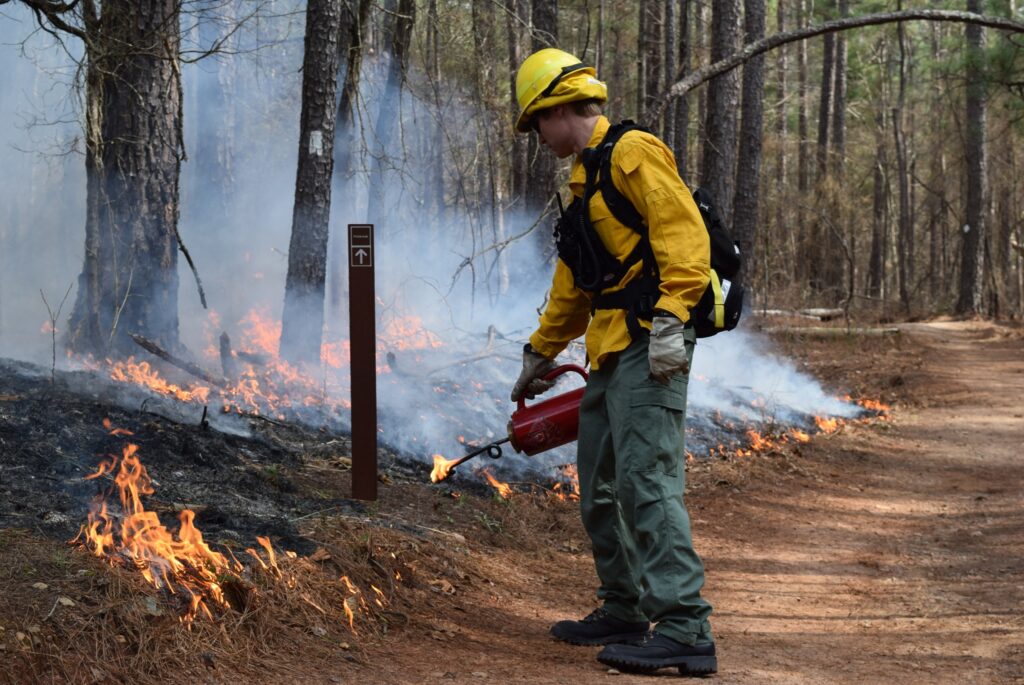
What is your favorite tree species?
“It’s hard to choose just one. I have fond memories of climbing the southern magnolia in my grandfather’s yard as a child and love the smell of their flowers. A walk through a mature and frequently burned stand of longleaf pine is tough to beat especially when the turkeys are gobbling, or a bird dog is leading the way. The flowers of the eastern redbud are striking in spring, and who can argue with the majesty of the live oak. So, I can’t choose just one. I like them all!”
How does your agency work with local and municipal partners to conserve your state’s forests?
“A major part of our work in this area focuses on raising the awareness among our local and municipal partners about the need to maintain forests to produce environmental, economic and social benefits. Recently, our Urban and Community Forestry Program partnered with nonprofit Green Infrastructure Center to create a SC Green Infrastructure Plan. This plan addresses the process and strategies for conserving and restoring forest habitat in the state. Green Infrastructure (GI) Plans inform land-use decision makers about natural assets within their counties or regions, identify threats and help inform strategies for strategic land conservation.”
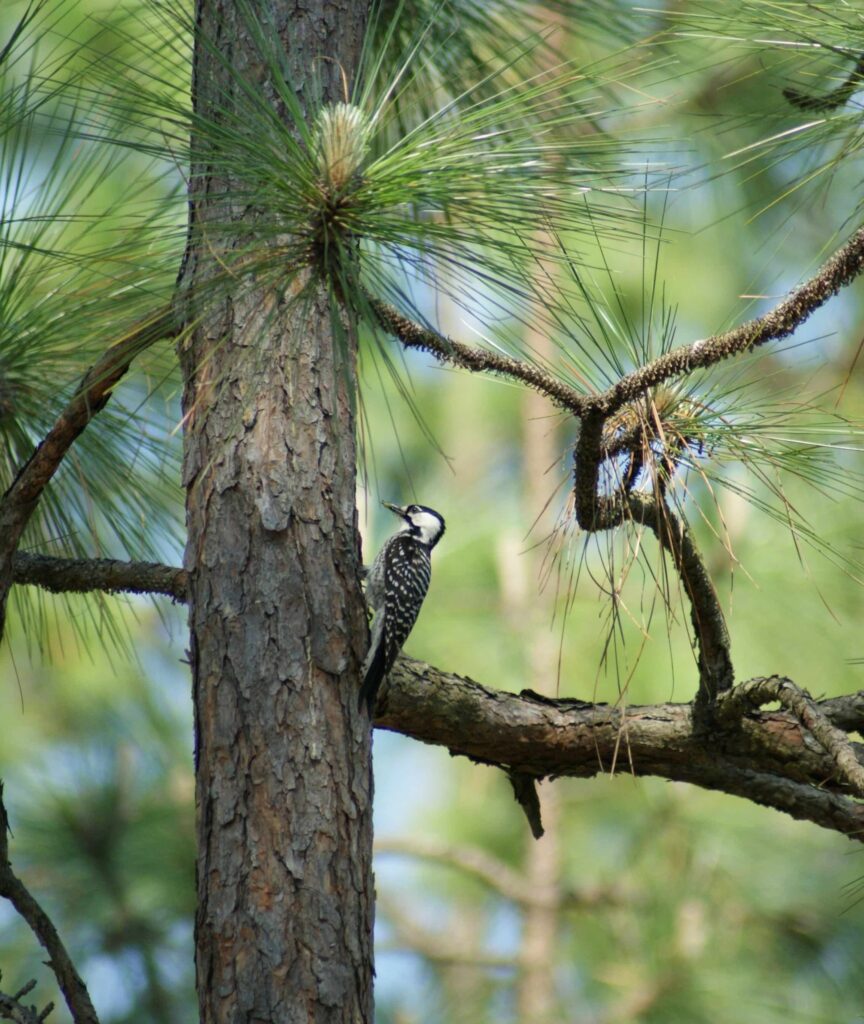
For the project, the SCFC and GIC collaborated with state, regional and local governments, and federal and state agencies, to create a strategic green infrastructure network and plan for South Carolina. The project was funded by a grant from the Southern Region of the USDA Forest Service. Green infrastructure includes all those natural landscapes that provide services to people and wildlife. They include forests, wetlands and bays, dunes, rivers, agricultural soils and other natural landcovers. These landscapes provide services such as clean air and water, places to recreate and sources of food and shelter. They are our natural or “green” infrastructure. The size and intactness of these features determine whether they can provide key functions, such as sustaining native populations of wildlife or adequate buffers against storms.
There is a SC Green Infrastructure Plan HUB site that allows users to interact with and view project maps, download project date, and download the final reports.”
How do partnerships play a role in wildfire response in your state?
“Partnerships are key to everything we do at the South Carolina Forestry Commission, and especially in wildfire response. In South Carolina, my agency has jurisdiction over all wildland fires in the non-incorporated areas of the state. However, it is extremely rare for our wildland firefighters to respond to an incident where local fire departments are not on the scene working hand-in-hand with my staff to control a wildfire. We also rely on partnerships with the USDA Forest Service for training and resources to ensure my agency and our partners have what we need to respond to wildfires in our state. Wildfire response is a team effort in South Carolin.”
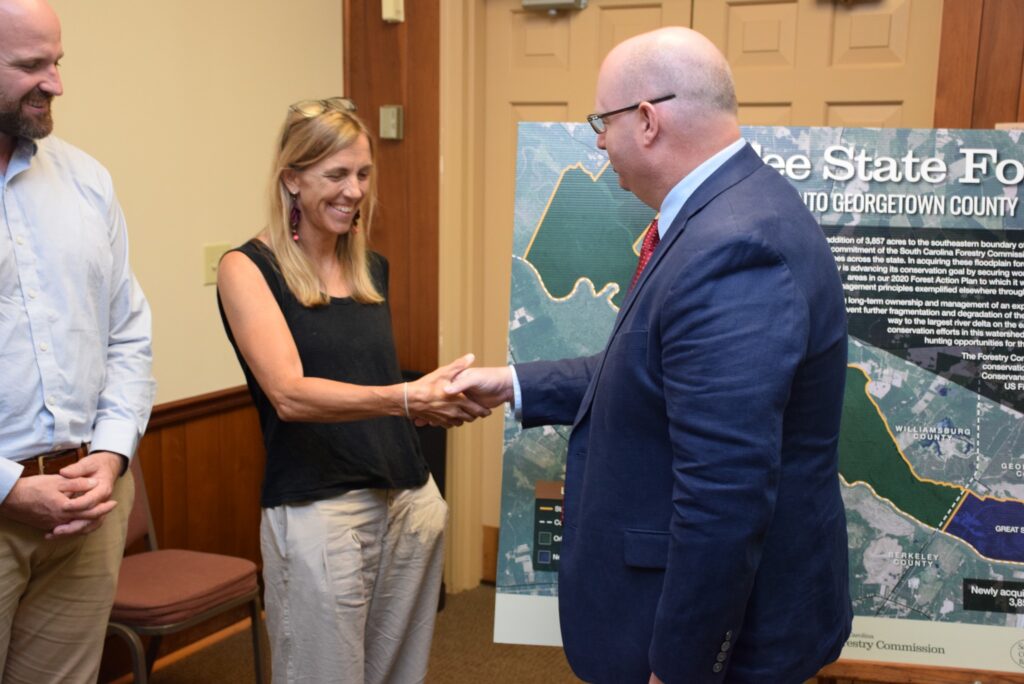
What is your favorite native South Carolina animal?
“Meleagris gallopavo silvestris, the eastern wild turkey. I am fascinated by these birds, the habitats they live in and their vocalizations. I spend a lot of my free time each spring chasing their gobbles.”
What are some of the biggest forest health challenges in your state and how is your agency working to address them?
“Invasive species are a major challenge. Just in the last few years, emerald ash borer and Asian longhorned beetle have been found in South Carolina, and we have multiple invasive plants like Japanese climbing fern, callery pear, etc. which have become established in our state. Early detection and rapid response are critical components of our agency’s program, as our best chance to mitigate the impacts of invasive pests is to catch them early before they become established. A really cool program that we have developed in partnership with Clemson Extension is the Bradford Pear Bounty. This program gives homeowners the opportunity to remove Bradford pears and replace them with native trees, thus reducing the number of seeds that can grow into callery pears. It has been a wildly successful program and gets a lot of media attention.”
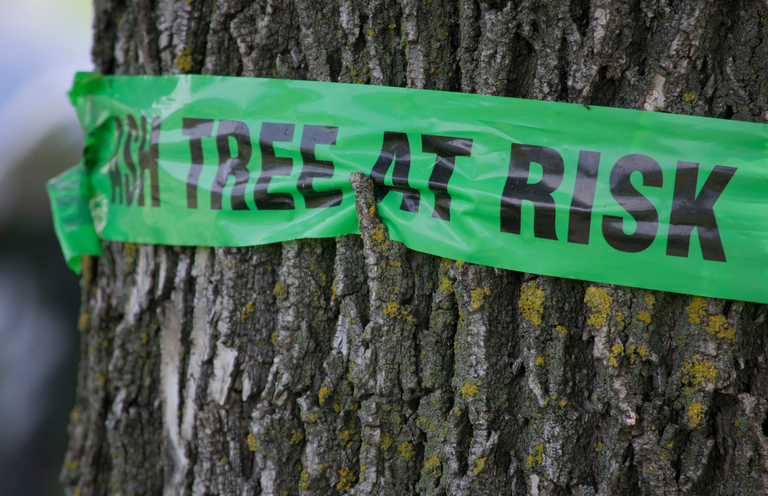
What is your agency doing to support the use of trees and forest products as a carbon solution?
“Currently our efforts focus on raising the public’s awareness of the role forests and forest products play as a natural and scalable solution for climate change. Through our outreach and technical assistance programs, we share information about the science of sequestration and current market opportunities. We have also participated in carbon markets, selling carbon credits from our state forests, and have used our experience to help inform other landowners of the process and what to expect should they choose to market their carbon.”
Smokey Bear or Woodsy Owl?
“Smokey Bear.”
